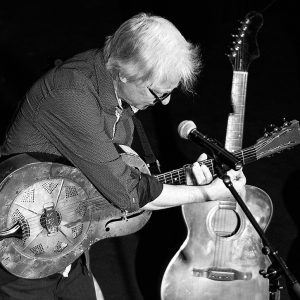Entry Category: Photography
Daniel, Thase Christine Ferguson
Davis, William Emmet
Disfarmer, Mike
aka: Mike Meyer
Harding, Thomas, III
Hursley, Timothy Joseph
 Richard Leo Johnson
Richard Leo Johnson
 Richard Leo Johnson
Richard Leo Johnson
Johnson, Richard Leo
Kilgore, Andrew
McDonald, Thomas Newton (Tom)
Miller, Harry Lewis
 Harry Miller Photo
Harry Miller Photo




